marble roller coaster project pdf
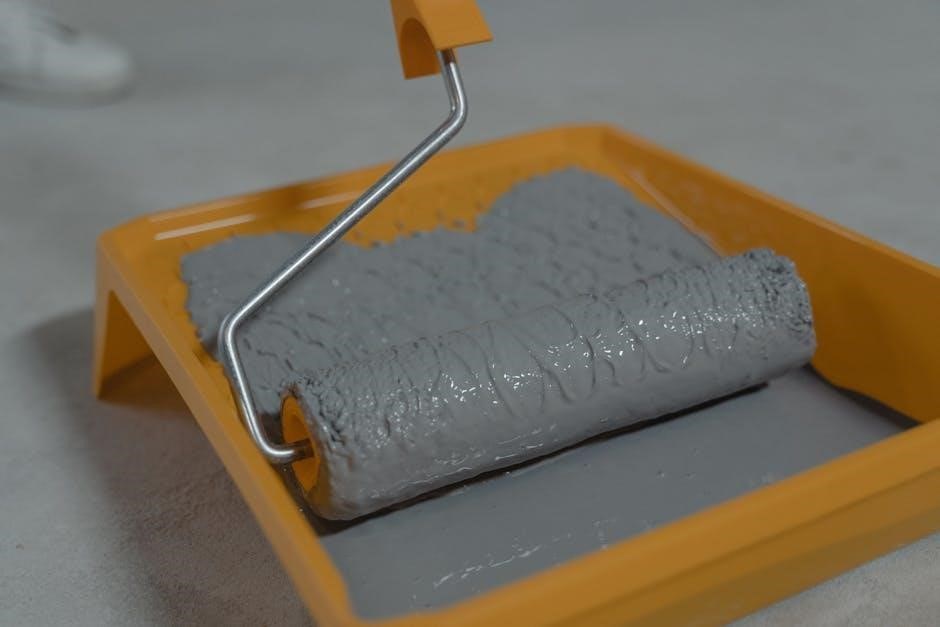
The marble roller coaster project is an engaging STEM activity that teaches principles of energy conservation through creative design. Students build tracks using materials like foam insulation and tape, testing how initial drops affect marble motion. This hands-on approach makes learning fun and interactive, encouraging experimentation and problem-solving while adhering to specific constraints like vertical loops and level changes.
Materials and Tools
To construct a marble roller coaster, you’ll need a variety of materials to create a stable and functional track system. The primary materials include foam pipe insulation tubing, which serves as the track, and cardboard or foam board for the base. Masking tape or packing tape is essential for securing the track segments together and attaching them to the base. Scissors or a craft knife will be used to cut the foam tubing into desired lengths. A marble is required as the vehicle to test the coaster’s performance. Additional tools include a ruler for measuring and aligning the track, and glue or hot glue guns for added stability. Optional materials like bamboo skewers or plastic pipette tips can act as supports for elevated sections. Ensure all materials are readily available and suitable for the project’s constraints, such as avoiding prefabricated kits. Properly organizing these tools will streamline the design and construction process.
Design and Construction
Begin with a sturdy base made from cardboard or foam board. Construct the track using foam insulation, securing it firmly. Design the path to include hills and loops for an engaging marble journey. Test and refine the setup for optimal performance.

3.1 Planning the Design
Planning the design is a critical step in building a successful marble roller coaster. Start by brainstorming ideas and sketching potential layouts. Consider the path of the marble, ensuring it includes hills, loops, and level changes. Use graph paper to create a detailed blueprint, measuring heights and distances accurately. Think about energy conservation: the marble’s initial height determines its speed and ability to complete the track. Incorporate constraints, such as free-standing structures and no prefabricated parts. Plan for supports to stabilize the track, using materials like bamboo skewers or pipe insulation. Ensure the design allows the marble to flow smoothly without falling out. Test your ideas mentally or with a small prototype before constructing the final design. A well-planned layout ensures a functional and engaging marble roller coaster that meets all project requirements while showcasing creativity.
3.2 Building the Coaster
Constructing the marble roller coaster begins with securing the base to ensure stability. Use materials like foam board or cardboard as the foundation. Cut foam pipe insulation into desired lengths for the track and connect segments with masking tape, ensuring smooth transitions. Shape hills, curves, and loops by bending the insulation and reinforcing with tape. For loops, wrap the insulation tightly and secure with additional tape to maintain structure. Elevate sections using books, boxes, or custom supports to create height variations. Test the marble’s path as you build, adjusting curves and drops to improve flow. Use scissors to trim excess material and ensure the track remains intact. Apply minimal tape to avoid obstructing the marble’s movement. As you assemble, verify that the coaster stands freely without external support. Finally, conduct a trial run with the marble to identify and fix any issues, ensuring the coaster functions smoothly from start to finish.
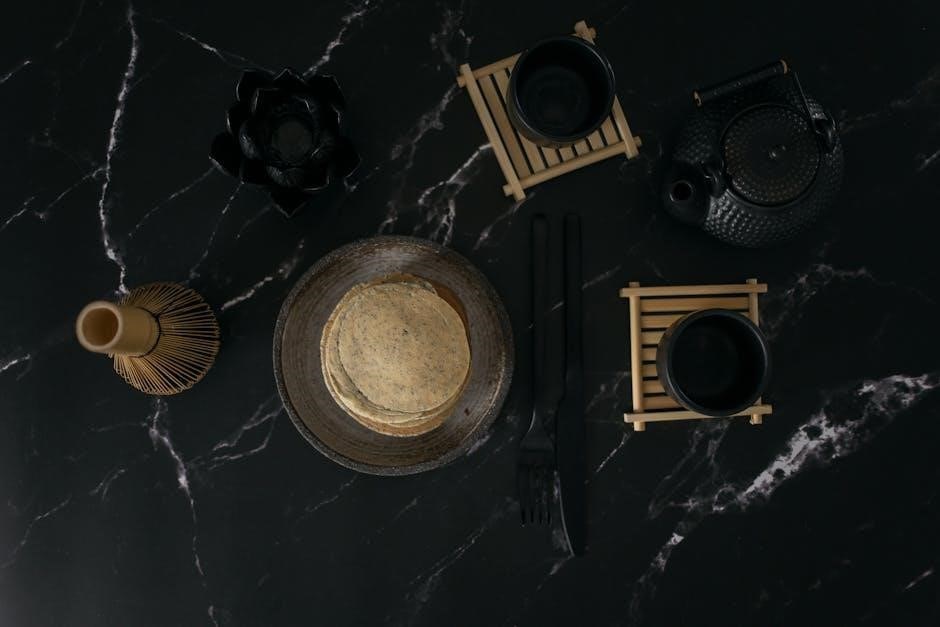
Energy Conservation
The marble roller coaster project serves as a hands-on demonstration of energy conservation, showcasing the transformation of potential and kinetic energy. As the marble descends from the initial drop, its potential energy (stored energy due to height) converts into kinetic energy (energy of motion). This energy transfer is central to the coaster’s operation. Friction, however, causes some energy loss, as heat or sound, reducing the marble’s speed over time. The design must account for this inefficiency to ensure the marble completes its path. Testing the coaster helps students observe how varying the starting height impacts the marble’s ability to navigate loops and hills, illustrating the balance between energy conservation and energy loss. This experiment aligns with physics principles, making it a practical learning tool for understanding energy dynamics in real-world systems. By analyzing the marble’s movement, students gain insights into the fundamental laws governing motion and energy transfer. This project bridges theory and application, fostering a deeper appreciation for the physics behind roller coasters.
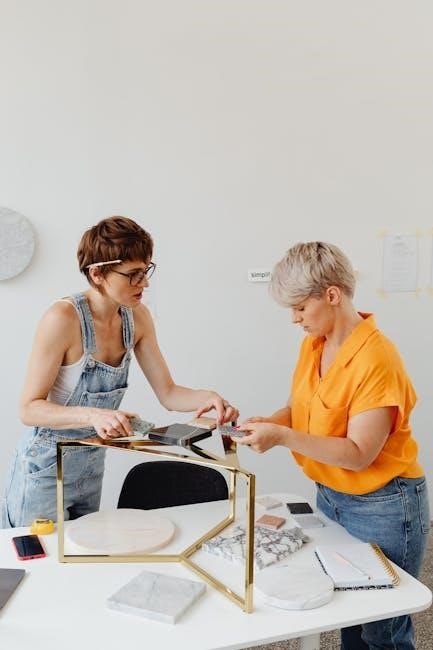
Testing and Troubleshooting
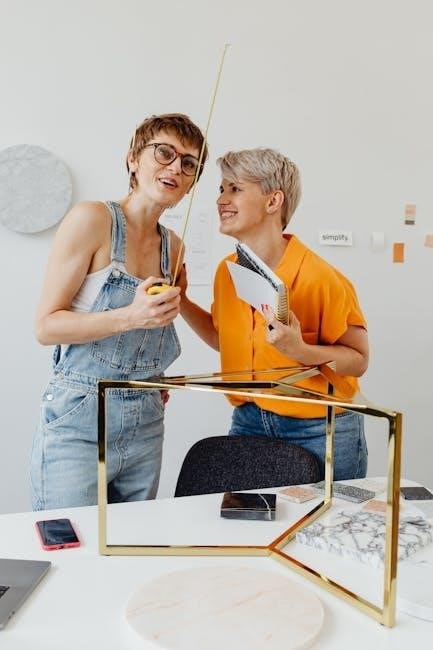
Testing the marble roller coaster involves observing the marble’s movement through the track, ensuring it navigates hills, loops, and level changes successfully. Common issues include the marble losing momentum, failing to complete loops, or falling off the track. Troubleshooting often requires adjusting the track’s inclines, reducing friction, or ensuring proper support for loops. Students may need to modify the starting height to provide sufficient energy for the marble to complete its journey. Additionally, securing the track with tape or other materials can prevent structural instability. Each test provides insights into design flaws, allowing for iterative improvements. This process reinforces the importance of precision and patience in engineering. By systematically identifying and addressing problems, students refine their designs, enhancing the coaster’s performance and reliability. Testing and troubleshooting are essential steps in the engineering design process, teaching students to analyze and solve complex challenges effectively. This hands-on approach fosters critical thinking and creativity.
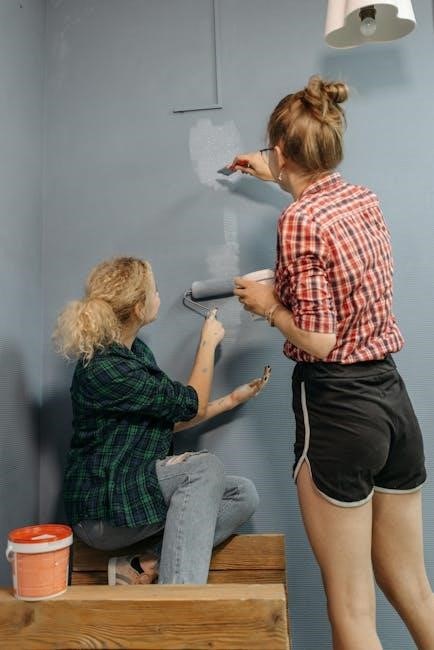
Safety Considerations
Safety is a critical aspect of the marble roller coaster project. Ensure the marble remains on the track throughout its journey to prevent it from becoming a projectile. Secure the structure to prevent it from tipping over, as this could cause accidents. Use sturdy materials and supports to maintain stability. Avoid sharp edges or points that could cause injury. When testing, keep the workspace clear to prevent tripping hazards. Handle scissors, tape, and other tools carefully to avoid cuts or injuries. Supervise younger students during construction and testing. Ensure the marble starts its journey without external force to maintain control. Regularly inspect the track for damage or weaknesses that could lead to malfunctions. By prioritizing safety, students can enjoy a fun and risk-free learning experience while building their marble roller coaster.
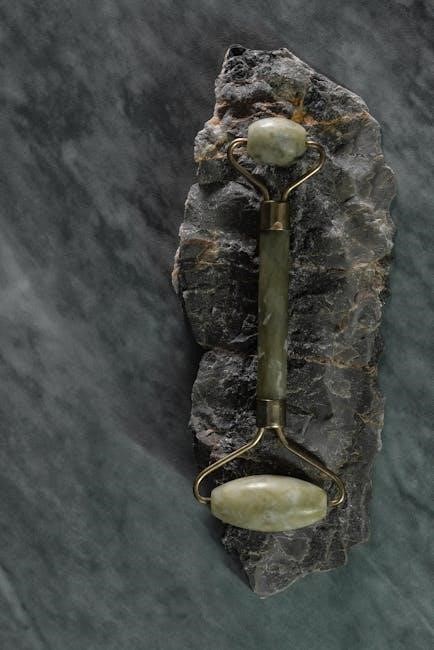
Variations and Extensions
Enhance your marble roller coaster by adding themed elements or complex features. Incorporate loops, corkscrews, or spirals for added excitement. Experiment with different materials, such as cardboard or foam board, for varied designs. Create themed tracks, like space or jungle adventures, to add creativity. Use glow-in-the-dark paint for a unique visual effect. These extensions challenge students to think innovatively while adhering to the project’s core principles.
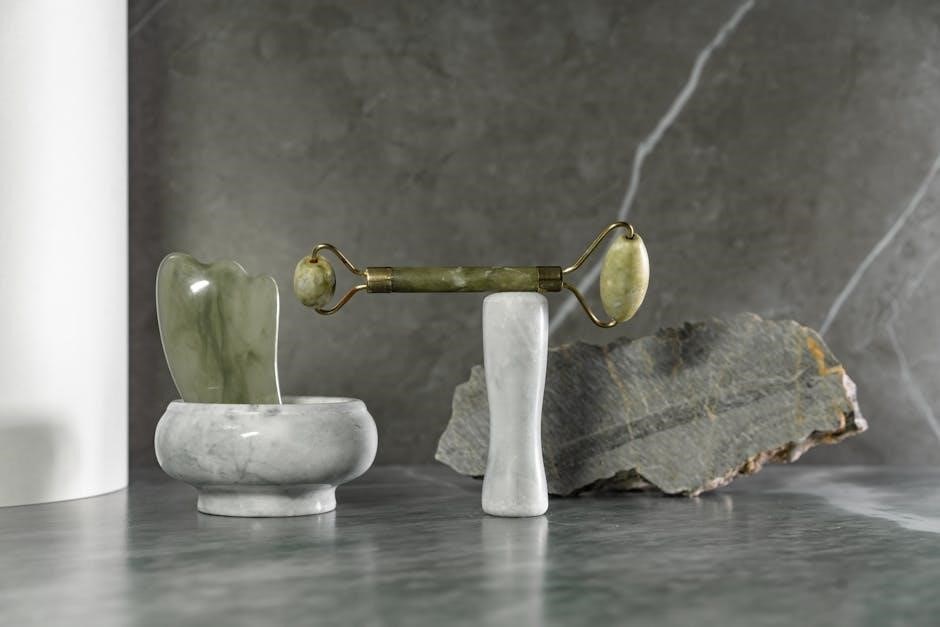
7.1 Adding Loops and Corkscrews
Incorporating loops and corkscrews into your marble roller coaster adds complexity and excitement. These features require precise engineering to ensure the marble maintains enough speed and momentum to complete the loop. Start by designing small loops and test how the marble navigates them. Use sturdy materials like foam tubing or cardboard to support the structure. For corkscrews, create a spiral descent that guides the marble smoothly. Experiment with angles and heights to achieve the perfect balance between speed and control. Adding these elements not only enhances the visual appeal of your coaster but also deepens the understanding of kinetic and potential energy transfer. You can further customize by adding themed decorations, such as glow-in-the-dark paint for loops or spiral patterns. Remember to test incrementally, making adjustments as needed to ensure the marble completes the entire track successfully.
7.2 Themed Designs
Themed designs add creativity and personality to your marble roller coaster. Transform your coaster into a miniature world by incorporating themes like space, jungle, or futuristic cities. Use paint, markers, and craft supplies to decorate the structure. For example, create a “space adventure” theme with glow-in-the-dark stars and planets or a “jungle expedition” with greenery and animal cutouts. You can also add storytelling elements, such as a marble representing a character navigating through a themed environment. Themed designs encourage creativity and problem-solving while maintaining the project’s STEM focus. Consider using recycled materials for decorations to emphasize sustainability. Additionally, themed coasters can align with educational topics, such as historical periods or scientific concepts, making the project more engaging and interdisciplinary. This approach fosters innovation and turns the roller coaster into a visually appealing and imaginative display.

STEM Connections
The marble roller coaster project is a hands-on activity that connects deeply with STEM principles. It introduces students to fundamental concepts of physics, such as potential and kinetic energy, friction, and gravity. By designing and building the coaster, students engage in the engineering design process, iterating on their designs to optimize performance. Technology is incorporated through the use of tools and materials like foam pipe insulation, tape, and marbles. Mathematical reasoning is applied when measuring drops, calculating heights, and ensuring the marble’s path is functional. This project aligns with educational standards, fostering critical thinking, creativity, and problem-solving skills. It also encourages collaboration and communication, as students often work in teams to brainstorm and refine their designs. The marble roller coaster serves as a practical example of how STEM concepts are applied in real-world engineering challenges, making learning both interactive and meaningful.
The marble roller coaster project is a fun and educational activity that combines creativity with scientific principles. By designing and building a coaster, students gain hands-on experience with energy conservation, gravity, and friction. This project fosters critical thinking, problem-solving, and perseverance as students test and refine their designs. It also encourages collaboration and communication, essential skills in STEM fields. The sense of accomplishment when the marble successfully navigates the track is rewarding and motivating. This project not only teaches fundamental physics concepts but also inspires curiosity and interest in engineering and design. It demonstrates how complex ideas can be explored through simple, accessible materials, making STEM accessible to learners of all ages. The marble roller coaster project is a valuable tool for engaging students in interactive learning while promoting innovation and creativity.